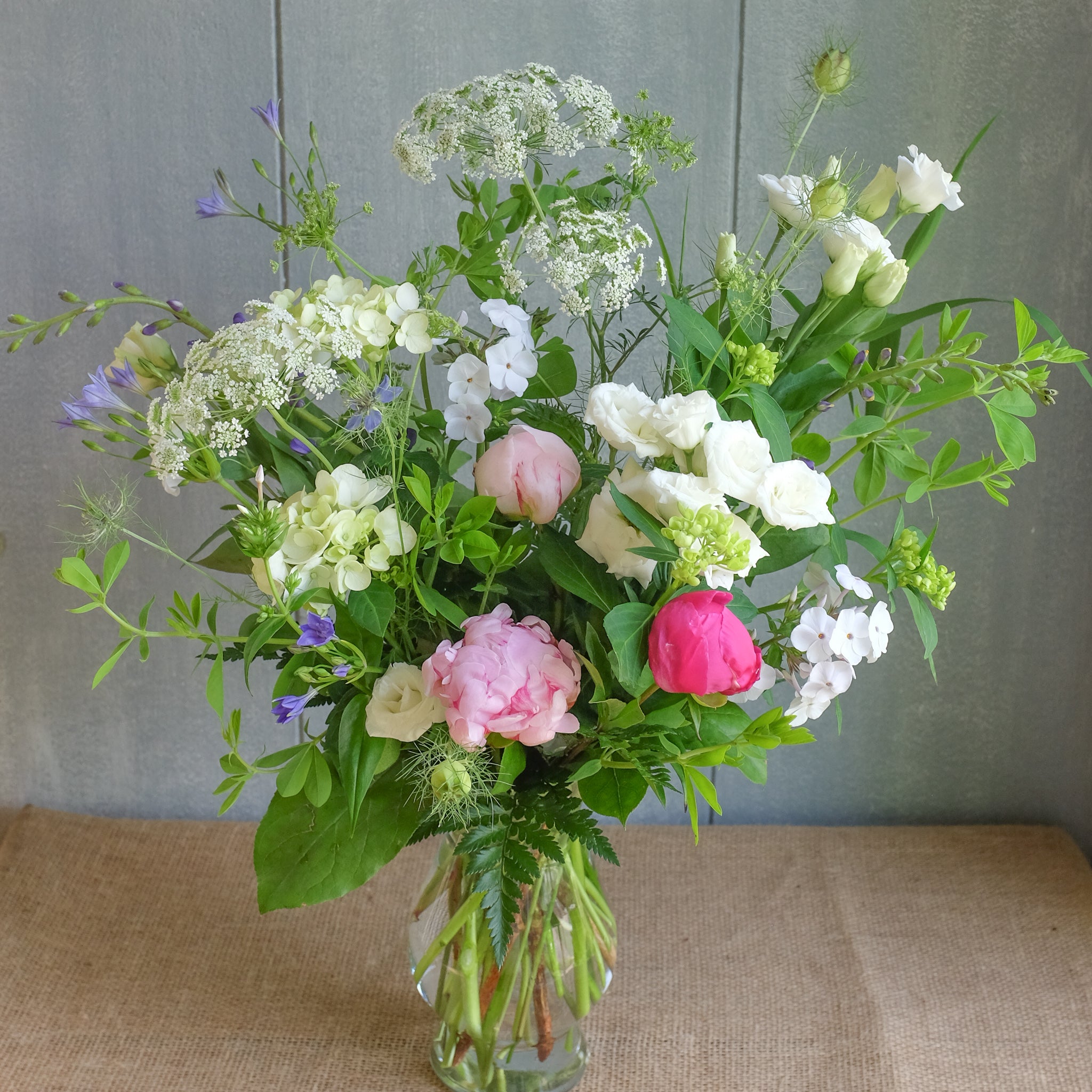If you purchased seeds for perennials like asclepias, baptisia, coneflower, or rudbeckia, you may have noticed an unfamiliar phrase on the seed packet: "benefits from stratification."
Stratification is the process of simulating natural conditions some seeds require to germinate. These natural conditions can vary widely depending on the seed. Some prairie wildflower seeds, for example, need to experience enough heat to simulate a prairie fire before the seeds will germinate. More commonly, seeds that require stratification need to experience a cold period that functions as an artificial winter.
The simplest way to cold stratify your seeds is to use the changing seasons to your advantage and sow your seeds outside in late fall. That way, the seeds will experience the cold temperatures of winter and be ready to germinate when the milder spring weather comes their way.
If sowing your seeds outdoors isn't an option, there are several reliable methods for indoor stratification. For less fussy seeds, you may be able to simply store the seed packet in the refrigerator for the specified length of time. Other seeds may need moist stratification. This method involves mixing the seed with a moistened material and storing the mixture in a cold place. For smaller seeds, you could try something as simple as a moistened paper towel in a plastic bag; for larger seeds, you could try a container of damp peat moss or potting medium. Whatever setup you decide on, make sure that the medium remains damp but not wet and that the seeds have adequate ventilation--even though they aren't ready to grow, they still need to breathe!
When in doubt, the seed packets themselves are a wealth of information. Make sure you consult them and any other resources your seed supplier has available throughout your growing process. Happy stratifying!


